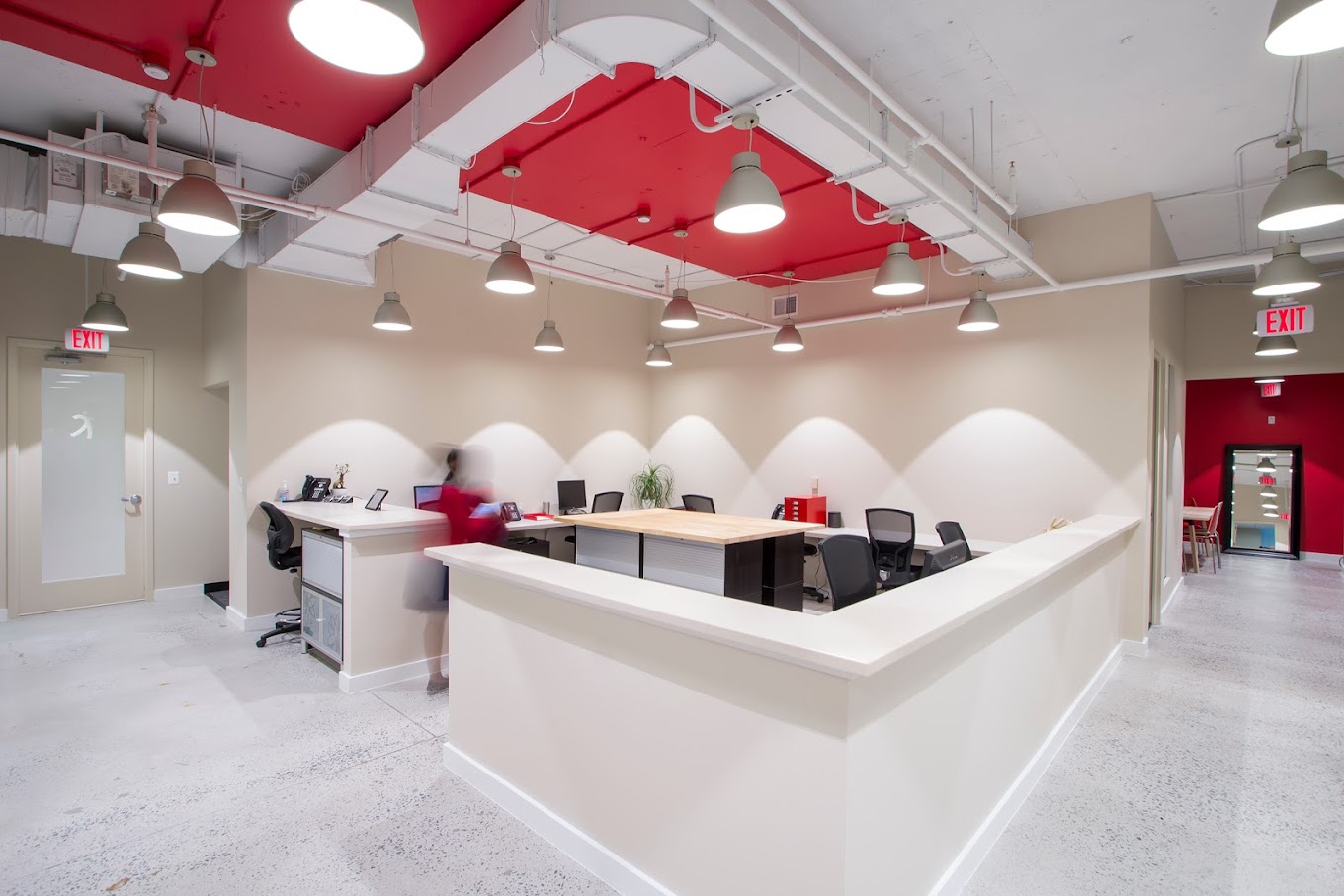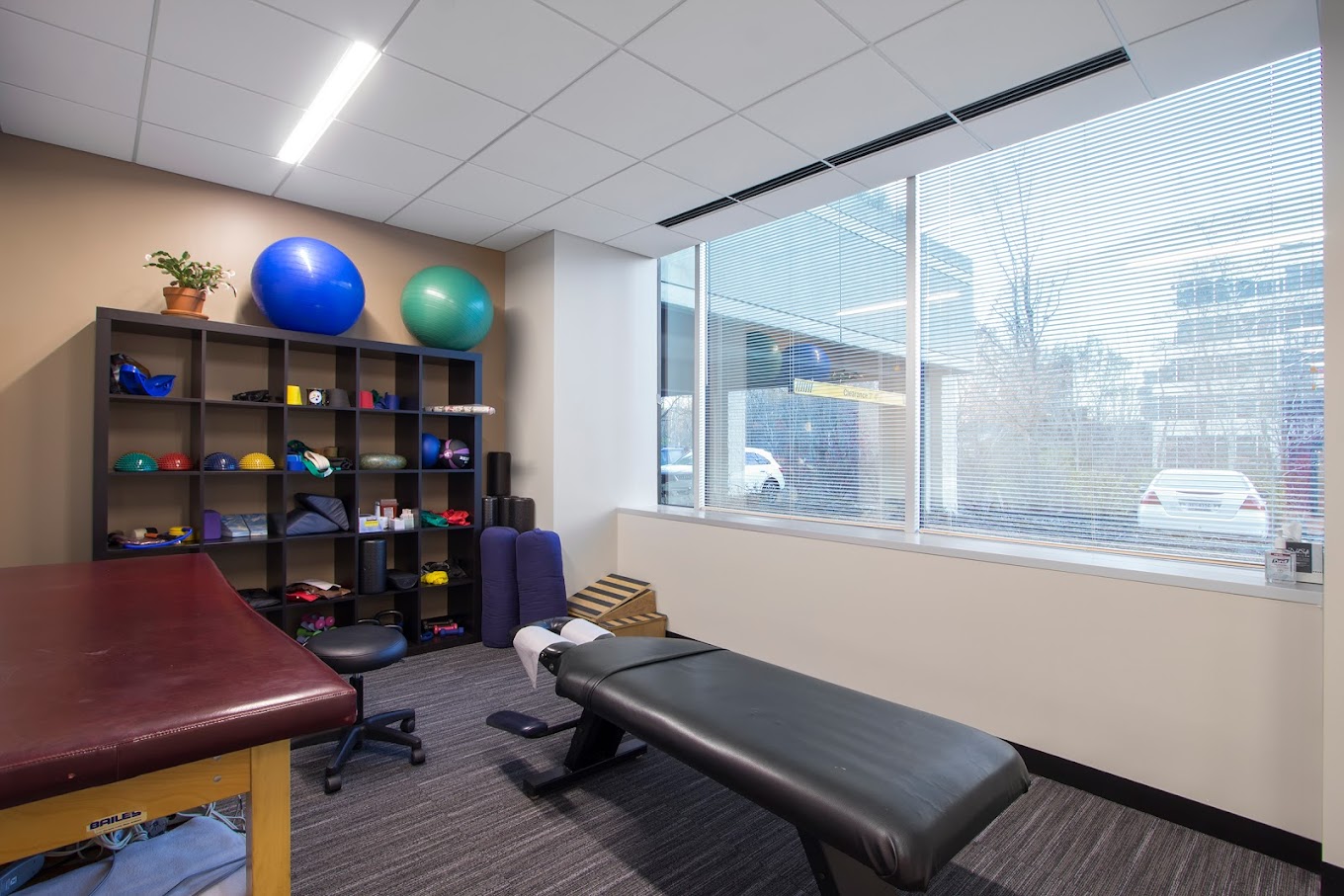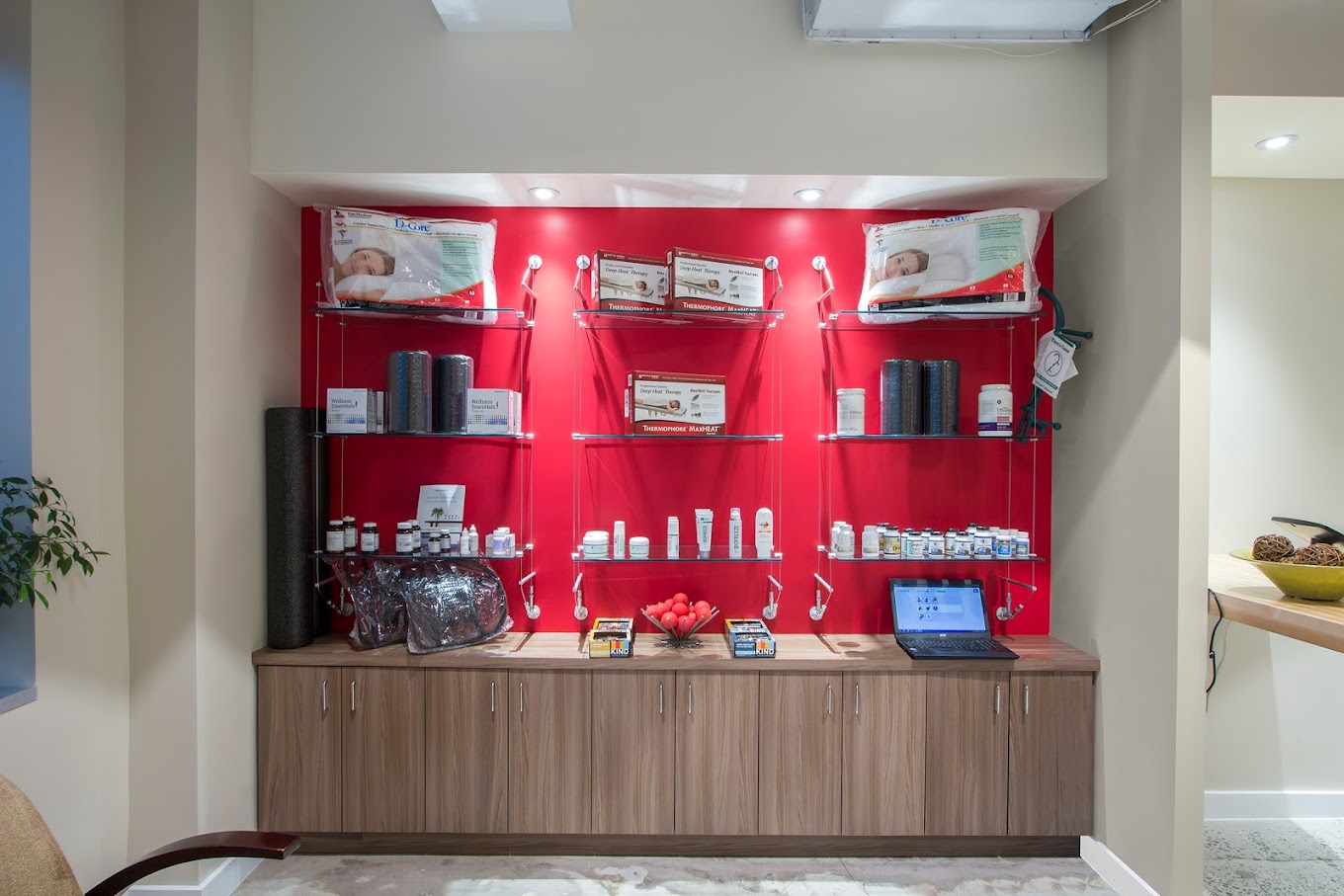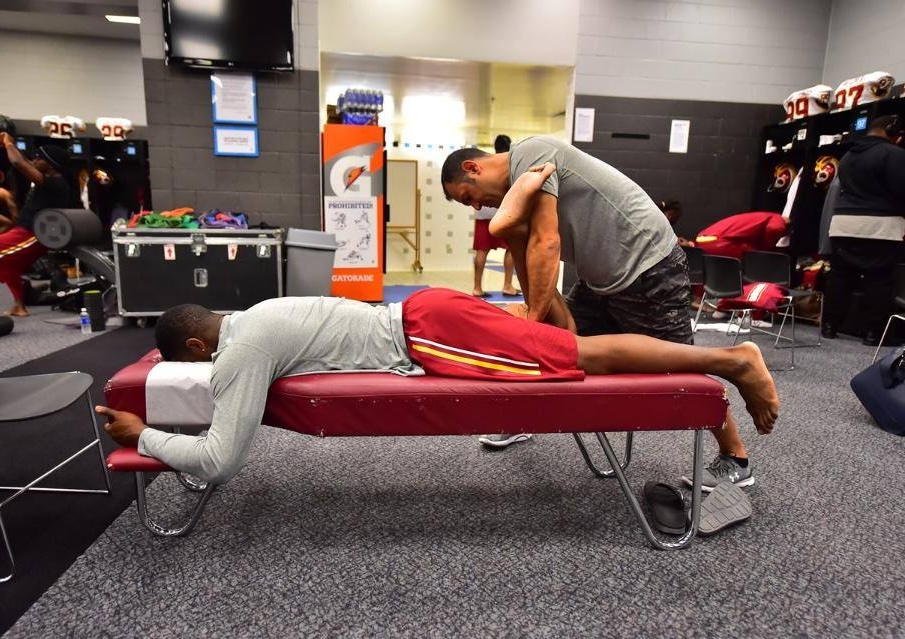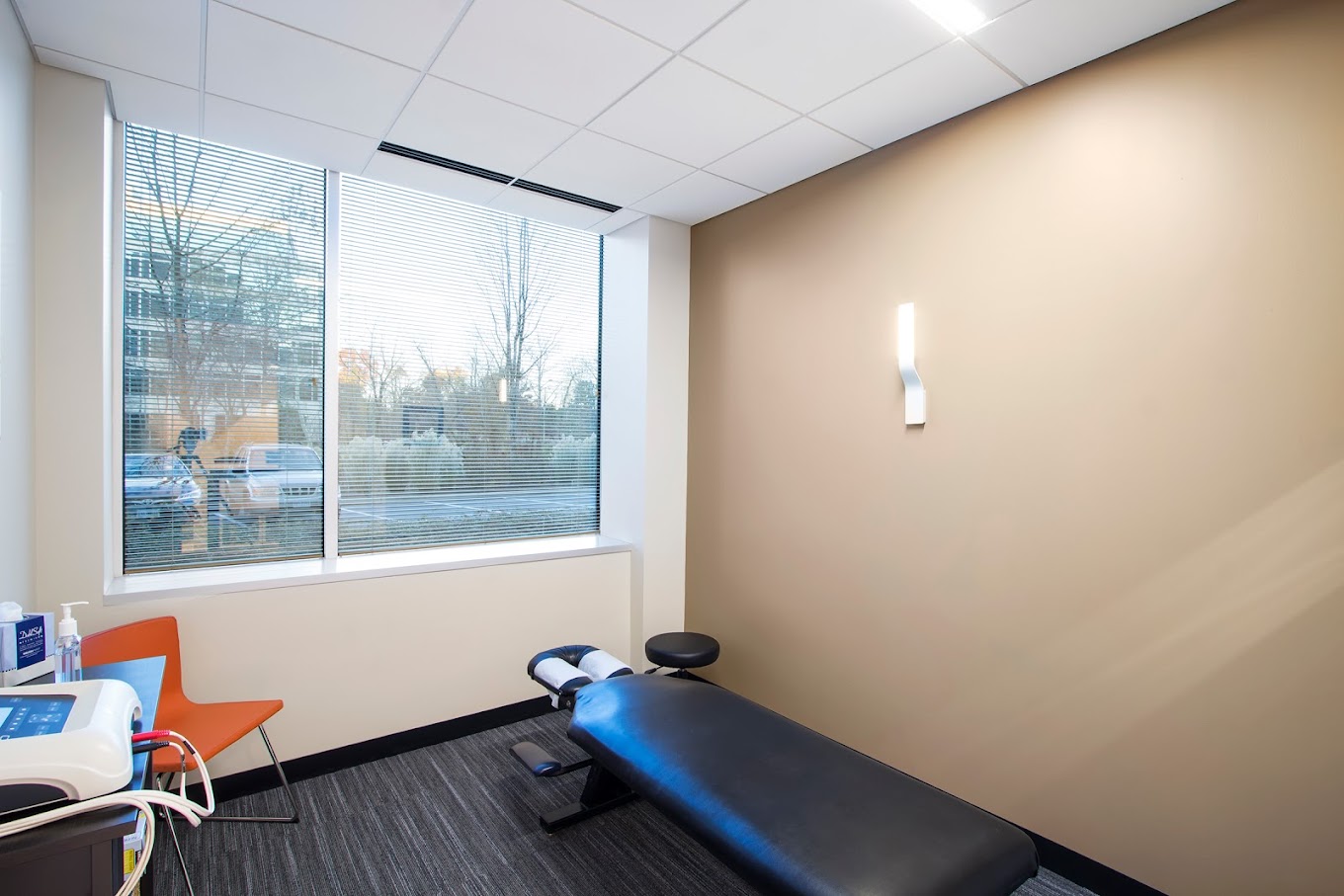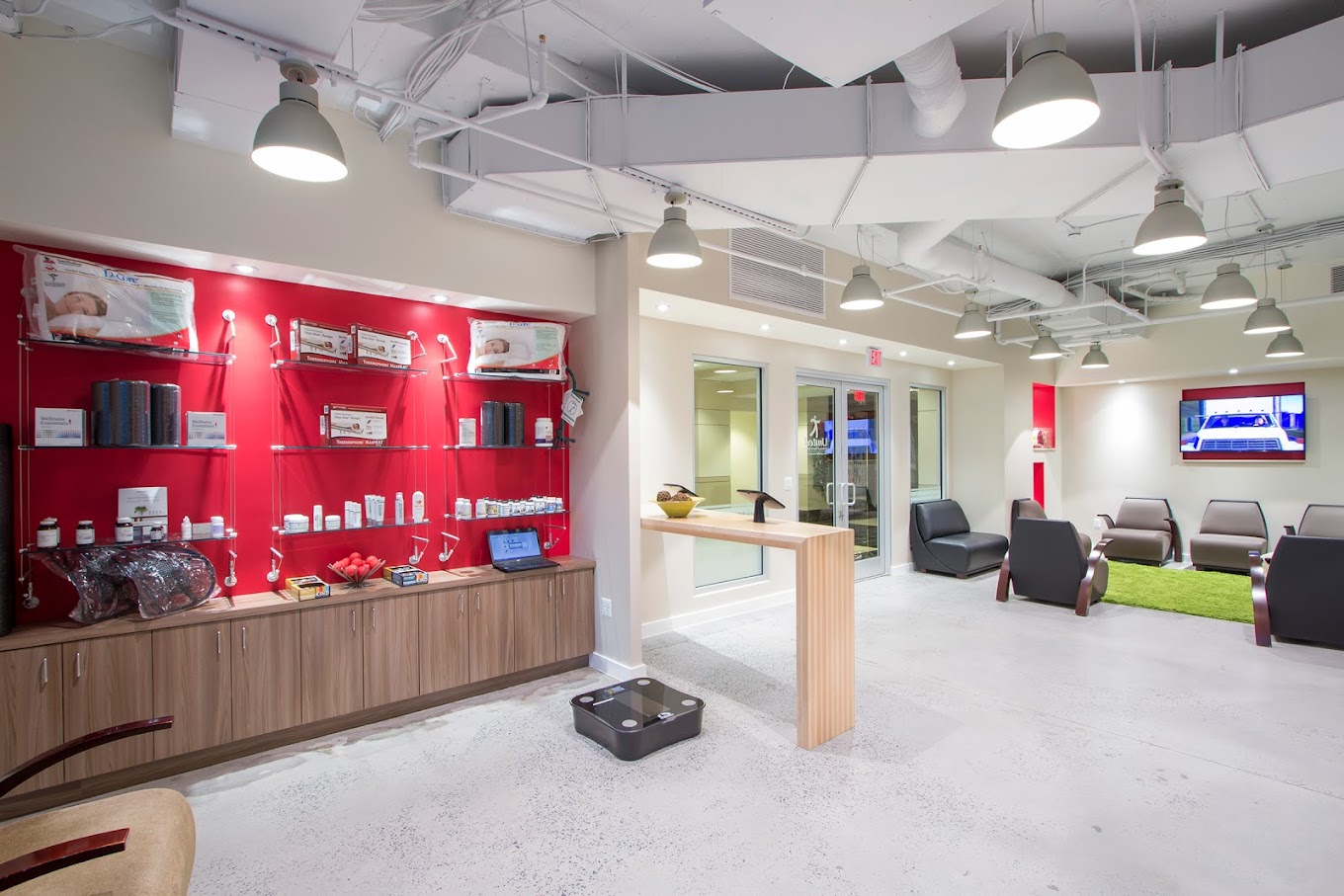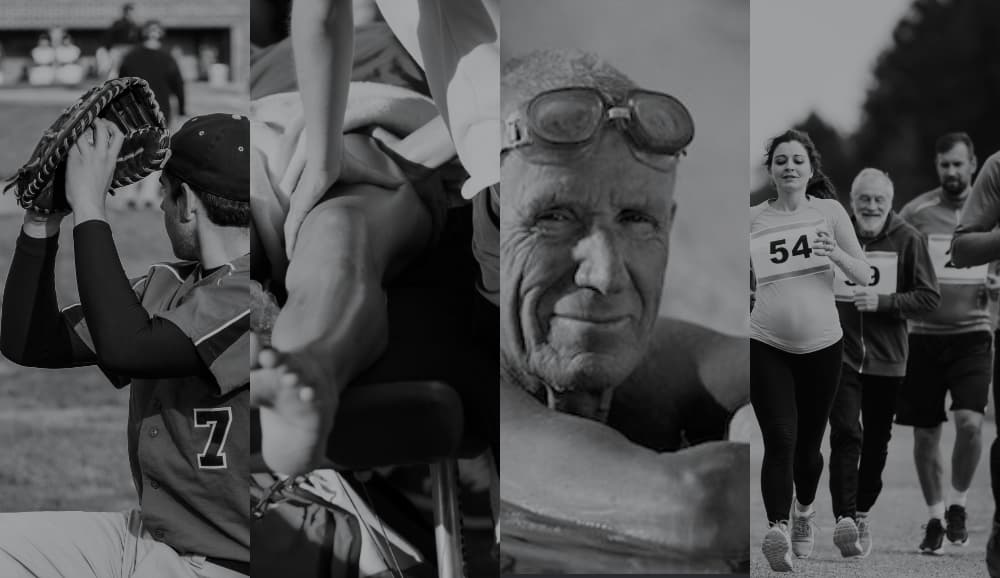WELCOME TO UNITED WELLNESS & SPORTS REHAB
If you are a new patient, please schedule your initial evaluation and treatment online or by calling our office. We will then forward the intake paperwork directly to your inbox.
PATIENT CARE AT RESTON


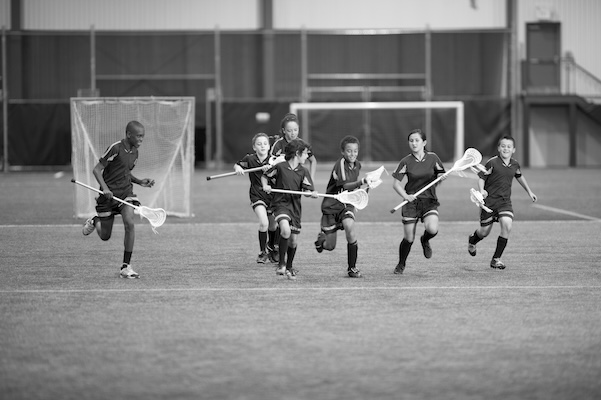
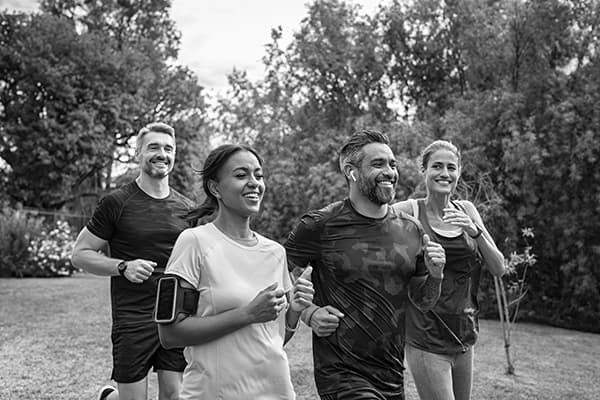


WHAT WE OFFER
- CHIROPRACTIC SERVICE
- PHYSICAL THERAPY
- PERFORMANCE REHAB
- MASSAGE THERAPY
- SHOCKWAVE THERAPY
- DRY NEEDLING
- MUSCLE RELEASE THERAPY
- GRASTON
- CUSTOM ORTHOTICS
MEET THE TEAM AT UNITED WELLNESS / RESTON
EXPLORE OUR RESTON OFFICE
SOME FREQUENTLY ASKED QUESTIONS
We are in network with most insurance companies (we do not participate with Anthem Healthkeepers, Medicaid, and most HMO plans).
We complete an insurance verification to check your benefits which will tell us your copay, deductible, if a referral is needed and how many visits you have per year. These benefits are never guaranteed and are based on your insurance company’s allowable charges based on the doctor’s diagnosis and treatment plan. We encourage you to call your insurance company before your first appointment to discuss your chiropractic and physical therapy benefits.
Yes, our office offers a cash fee for services. Please call us for more information.
All massage services, dry-needling, shockwave, taping, and products are not submitted by United Wellness to your insurance. Payment for these items are due at time of service.
Yes, they can be purchased through our booking system here.
The first visit includes a comprehensive examination including a full explanation and report of your condition and treatment plan. Your initial appointment will take 45-60 minutes and follow up appointments are typically 30 minutes.
All our doctors are trained and experienced in a unique method of sports performance rehabilitation that is the perfect blend of focus on soft tissue manipulation and biomechanical musculoskeletal care. Specializations of each doctor can be found in their biographies.
All patients will discuss a treatment plan with their doctor at the initial evaluation and treatment.
This plan may include several phases of care. The first phase will address acute pain or injury. The second phase will address any chronic issues identified and the third phase will be maintenance care. Phase 1 and 2 averages 8-16 visits depending on your diagnosis. Maintenance care is typically 1-2 times per month.
We treat patients from newborns to senior citizens. We have a variety of treatment techniques for our youngest and oldest patients such as the activator method which enables the doctor to finely tune the force of the musculoskeletal adjustment.
Yes, our doctors can treat expecting mothers throughout pregnancy to improve the neuro-biomechanical function in the pelvis.
With over 25 years’ experience of sports rehabilitation training at the professional sport level, we have developed a unique rehabilitation treatment protocol for most injuries. Our team of doctors has been trained extensively to restore function, eliminate pain, and improve performance.
Active Release Technique (ART) is a patented, state-of-the-art soft tissue movement-based massage technique that treats problems with muscles, tendons, ligaments, fascia, and nerves. The Graston Technique® is an instrument-assisted, soft tissue mobilization therapy. It is beneficial in breaking up fascial restrictions, and scar tissue adhesions, and detecting areas of chronic inflammation and/or fibrosis.
Dry needling involves placing a small needle into the muscle at the trigger point which is typically in an area where the muscle is tight and may be tender with the intent of causing the muscle to contract and then release, improving the flexibility of the muscle and therefore decreasing symptoms.
A non-invasive treatment using shockwaves to stimulate the body’s natural healing process. Used to treat pain and promote healing of ligaments, tendons, and other soft tissue.
During the procedure, you may feel slight discomfort at the treatment site. After treatment, you will be able to resume normal activities. It is recommended that you rest the treatment area for 24 hours. There may be redness and swelling at the treatment area after therapy due to healing.
How is the ShockWave used?
Myofascial Acoustic Compression Therapy (MyACT) is helpful in the management of acute and chronic pain in muscles, tendons and joints.
How does ShockWave work?
The ShockWave uses focused sound waves directed at varying depths to provide a focused and pin-pointed deep tissue massage. MyACT can lead to increased circulation and pain relief – important components that support healing.
The sound waves generated by the ShockWave cannot be felt as they enter and pass through the body. They converge at a controlled point within the soft tissue to produce an intense, extremely short duration pressure pulse that delivers therapeutic massage in areas difficult to reach by other methods.
Can the ShockWave be used to localize injuries?
Pain is very complex and can sometimes seem to radiate from areas far from the actual generating source. This is referred pain and can make treatment more difficult.
Defining referred pain and the location of the originating pain triggering points can be done quickly and accurately using the ShockWave. Compromised tissue can be “flared” which provides the clinician insight as to where to treat. The patient helps guide this process through verbal feedback to the clinician providing the treatment – reminding the clinician if the treatment is flaring their familiar pain.
How long does a course of treatment last?
An individual ShockWave treatment takes between 10 and 20 minutes and normally, 1-2 treatments per week are performed. A total of 4-7 treatments may be necessary to achieve lasting improvement but is patient dependent.
Are there known side-effects of ShockWave?
Side-effects are limited to reddened skin and/or minor soreness in some cases.
What should my patients expect during your ShockWave treatment?
- The clinician will identify the treatment site or sites. They may mark these sites.
- They will then apply a thin coat of coupling gel. This gel helps to translate the acoustic sound waves generated by the therapy head to the body.
- The clinician will start the treatment at a very low output setting and increase the power to a level that will help to define what is best suited for your condition. The output level and acoustic wave frequency rate may vary from location to location based on the depth and type of tissue being treated.
- As the clinician moves the therapy source around the treatment area, you may feel a deep, dull ache that is familiar to you as being like the feeling your condition produces. The clinician will ask you to report when you feel the ache and will adjust the output of the device to the appropriate level for your treatment. They may also ask you to confirm that the therapy source is still creating the ache and may adjust the location of the treatment based on your feedback. If at any time the treatment becomes uncomfortable, mention this to the clinician and they will adjust the output level.
- After the treatment is completed, the coupling gel will be removed and the patient can return to normal activities. The patient may experience some minor aches or discomfort after treatment. It is not unusual for patients to notice flushed or reddened skin around the treatment site.
Do insurance companies pay for a ShockWave treatment?
Currently, insurance companies do not cover ShockWave treatments. Most clinicians offer an affordable price for a ShockWave treatment, often putting together a package for several treatments that align with the patient’s needs.
Is the ShockWave the same as Therapeutic Ultrasound?
Although they both utilize sound waves, these two technologies are very different. Ultrasound relies on high-frequency vibrations to generate a thermal build-up (heat) in the tissue. At the same time, the ShockWave uses a relatively slow frequency and much higher intensity sound wave to generate compression of the target tissue. ShockWave does not generate heat. The clinical goals for both therapies are different.
How is ShockWave different from Laser?
Laser utilizes columnated light at various wavelengths intending to penetrate through the tissue to a targeted depth, delivering a therapeutic light treatment. The resulting Photobiomodulation at a cellular level activates/increases cell metabolism and assists in jump-starting healing and reducing inflammation. The ShockWave utilizes mechanical energy to elicit cellular reactions, a process known as mechanotransduction. The cellular response to mechanical stimulation increases vascular growth factors, modulates pain signals, increases naturally occurring intracellular lubrication and decreases inflammation. Both Laser and ShockWave have similar therapeutic goals and are often used together.
What are the contraindications for ShockWave?
ShockWave should not be used:
- Infections
- Tumor tissue in the focal area
- Blood clotting disorders (it may necessary to check the patient’s coagulation status)
- Taking blood thinning medication
- Pregnancy
- Lung tissue in the focal area
- ShockWave should not be used to treat the head
- Air-containing organs in the focal area such as the gastrointestinal tract, etc.
- Open epiphyseal cartilage in the focal area
Who can use the ShockWave?
ShockWave can be used by medical professionals where state boards have defined the use of electronic modalities, including sound, as within the scope of their professional practice. Generally, Physical Therapists, Chiropractors, and, in some states, Massage Therapists can use the ShockWave. Often, technicians within a medical practice will deliver ShockWave to the patient. These technicians are trained and provide ShockWave under close supervision from the clinician.
What is the intended use for the ShockWave?
ShockWave treats pain resulting from chronic painful myofascial trigger points in the areas of the:
- Upper extremities
- Cervical spine
- Shoulder girdle
- Thoracic spine and lumbar spine
Does the ShockWave require a lot of expensive maintenance?
The ShockWave is relatively maintenance free and extremely economical compared to other focused soundwave devices.


